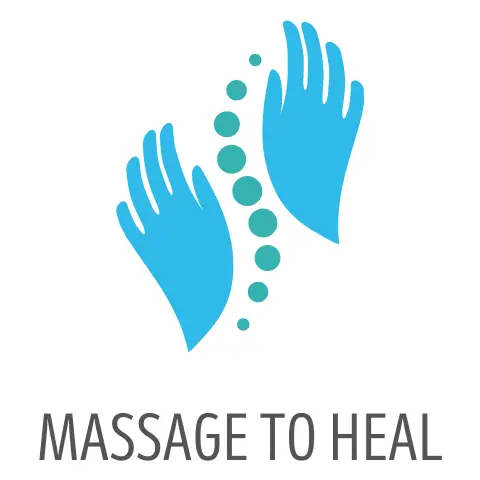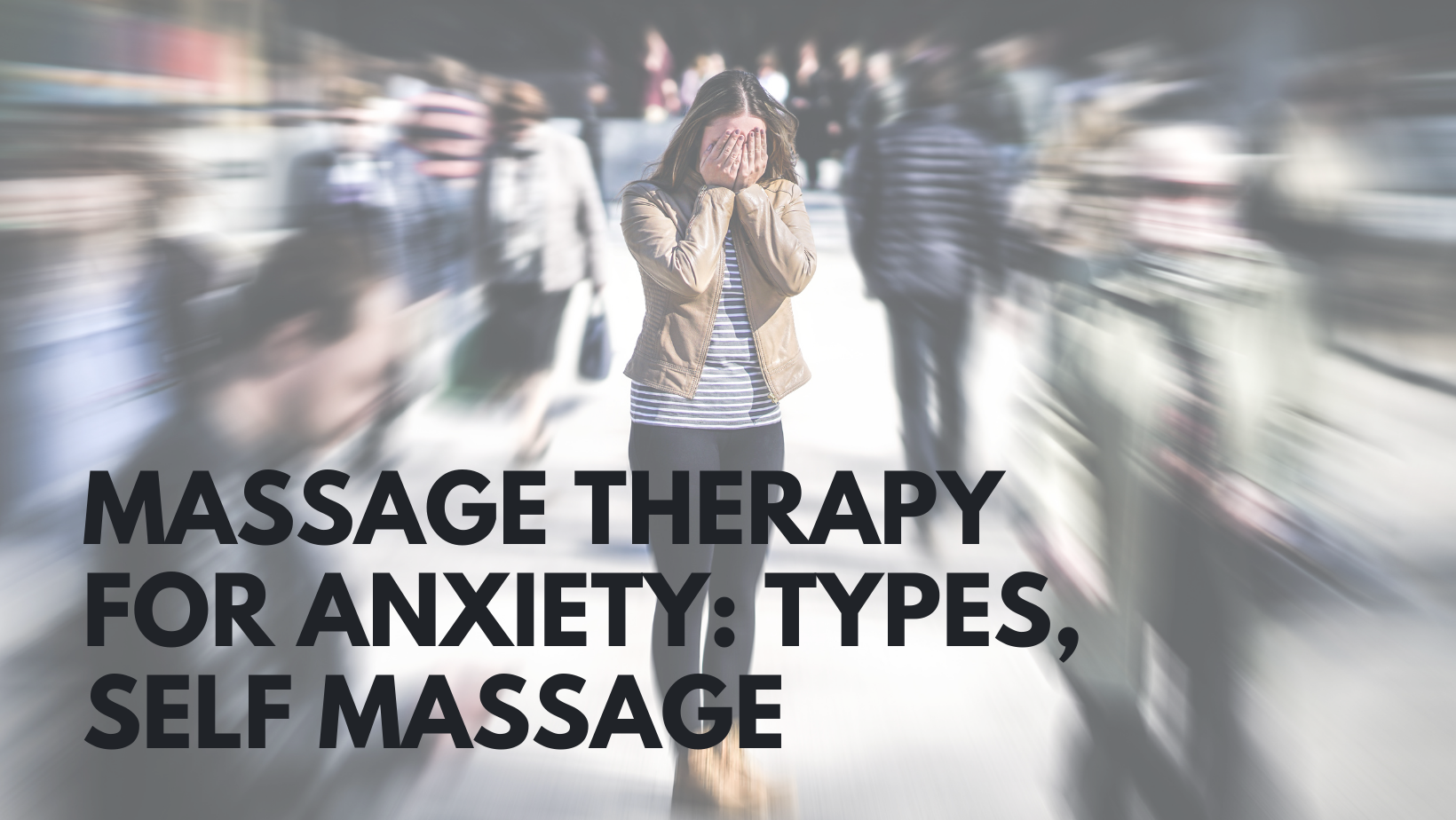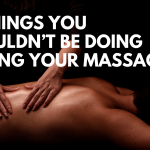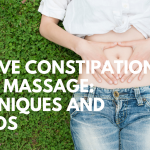Massages are a common way to relieve anxiety. They can also be used as part of an overall treatment plan for addressing anxiety disorders, such as generalized anxiety disorder or panic attacks. Massage therapy is often used in conjunction with other treatments like cognitive behavioral therapy and medication.
The type of massage that has been shown to help reduce anxiety symptoms the most is known as Swedish massage and Shiatsu massage. This type of massage involves long strokes, kneading, and deep circular movements on the muscles and tendons around your joints and along your spine from head to toe.
Benefits of Massage for Anxiety
Massage has been used for centuries in many cultures to help relieve anxiety and tension. In the West, it is now becoming a mainstream therapy for people suffering from anxiety disorders.
The pressure of the massage can help calm the mind and body. It also helps to promote relaxation, which decreases anxiety levels.
Massages are a great way to get out some tension or frustration that you might be carrying around with you on a daily basis due to stress from work or other areas in your life where you feel like things are out of your control.
Massages can help relieve physical pain as well, whether it’s caused by anxiety or not.
The increased blood flow from the massage also helps to increase endorphins and serotonin levels in the brain, which decreases cortisol levels and causes an overall sense of calmness that reduces anxiety symptoms over time when done regularly.
Massage is also known to relax the central nervous system, increase serotonin levels, and lower cortisol levels – all of which are crucial in improving mental health.
Massage has been shown to help people with anxiety disorders in numerous studies – including the National Institute of Mental Health study that found massage reduced anxiety by approximately 45% over 4 weeks.
Benefits of Swedish Massage to Calm Anxiety
Swedish massage is a type of deep tissue massage that was developed in Scandinavia. It involves long strokes, kneading, and circular movements on the muscles and tendons around your joints from head to toe.
The pressure applied during Swedish massages can help release tension or frustration you might be holding onto due to stress from work or other areas in your life where you feel like things are out of your control.
The benefits of Swedish massage to calm anxiety are numerous. It is known to be a relaxation technique that helps people with mental health.
Massage is beneficial if you want a powerful way to relieve anxiety and depression, according to the American Massage Therapy Association. It alleviates pain and tension in the body through pressure points, releasing muscle spasms, and boosting circulation.
Swedish massage offers many benefits. These include:
– Decreased blood pressure
– Decreased heart rate
– Reduction of stress hormone cortisol
– Increased blood flow to brain
– Reduced pain
Benefits of Shiatsu Massage to Calm Anxiety
Shiatsu massage is a type of deep tissue pressure point therapy that was developed in Japan and China more than 1000 years ago. It involves long strokes, kneading, and circular movements on the muscles and tendons around your joints from head to toe.
Shiatsu massage is a specialised form of acupressure, because it involves pressure on points in the body that have been shown to reduce tension and anxiety. The increased blood flow during Shiatsu massages can help increase endorphins and serotonin levels in the brain, which decreases cortisol levels and causes an overall sense of calmness that reduces anxiety symptoms over time when done regularly.
Shiatsu massage has been shown to help people with anxiety disorders in numerous studies – including the National Institute of Mental Health study that found Shiatsu reduced anxiety by approximately 45% over a period of four weeks.
The increased blood flow from the Shiatsu massage also helps to increase endorphins and serotonin levels in the brain, which decreases cortisol levels and causes an overall sense of calmness that reduces anxiety symptoms over time when done regularly.
Some people might find Shiatsu massages more intense than Swedish massages due to the deeper pressure on muscles – but this is something you can discuss with your therapist.
How often should I get a massage for anxiety?
The frequency depends on your level of stress and how often you need to feel calm.
The National Institute of Mental Health recommends getting massages at least once per week, but some people need them more regularly than others depending on their symptoms.
It is important that you find a therapist who has experience with anxiety and can talk to you about how often it would be best for your needs.
You might only need one session annually, while others could need up to two sessions weekly depending on their symptoms.
Is remedial massage good for anxiety?
Remedial massage is a form of physical therapy that involves the use of hand, elbow, and knee pressure to relieve pain. It does not involve any strokes on muscles or tendons like in Swedish massage.
Remedial Massage is not known to help with anxiety or mental health disorders, but it can be helpful for people who have pain from injuries.
Self Massage for Calming Anxiety
A self-massage is a great option for those who cannot afford or do not have the time to get professional massages.
Self-massaging your muscles can help you find relief from stress and make it easier to feel calm, especially in those areas where tension accumulates such as:
– Your neck and shoulders (pain from hunching over a desk or carrying heavy bags)
– Your lower back (from sitting in one position for too long, such as on public transportation)
– Your legs and feet (pain from standing all day).
Self Massage Techniques to Help with Anxiety:
There are many ways you can massage yourself at home, such as:
– Rolling your shoulders
– Wiggling things out of your neck (craning it in the other direction to help loosen knots)
– Using a tennis ball on tight muscles or trigger points. For example, you could use the ball under your foot if you’re tired and sitting down at work all day.
– Using a foam roller on tight muscles or trigger points
– Tilt your head over and place the ball underneath to apply pressure (hold for about five minutes).
The more you incorporate these techniques into your life, the easier it will be to spot tension in your body before it becomes something that needs medical attention. You’ll also know what feels good for you and understand how to apply the right pressure.
Pressure Points for Anxiety Relief
Pressure points are areas of the body where you can apply pressure and release tension in your muscles.
If someone is feeling stressed or anxious, they should find a place that feels tight or tense on their body to give it attention.
The person could use both hands at once for increased pressure – but only if it’s painless.
Some common places for pressure points:
– The neck and shoulders (between the shoulder blades) to relieve tension from slouching or holding a phone between your ear and collarbone
– Between the eyebrows to reduce headaches, stress, anxiety, sadness – this point is also known as “the third eye.” It’s thought to help improve intuition, focus, and mental clarity.
– Along the spine for relief from back pain
– On each ankle (the two points on both sides of the bone) to relieve tension in one’s feet from standing or sitting all day. It can also be helpful when experiencing anxiety as it is a calming point that helps the body release natural opiates.
– The big toe to help relieve anxiety and tension from overworking the feet
– Just under the bottom lip (called submental region) for stress, relief of mental fatigue and discomfort in one’s throat area. This point can also be used as a substitute for “chewing gum” if it’s not available.
– Under the thumb for relief from insomnia
– Along each cheekbone to help alleviate headaches, stress and anxiety. Applying pressure in this area can release serotonin which is the body’s natural antidepressant that helps relax muscles and create a sense of euphoria. It also improves one’s mood by reducing anxiety and depression.
Final Thoughts
According to research by the National Institute of Mental Health, over 40 million adults in America live with anxiety. One of the most popular ways that people find relief for their symptoms is through massage therapy because it’s not just about relaxation – there are physical benefits as well. For those seeking a life without worry or fear, this article should have given you some ideas on how to get started and what types of massages work best for your needs.



